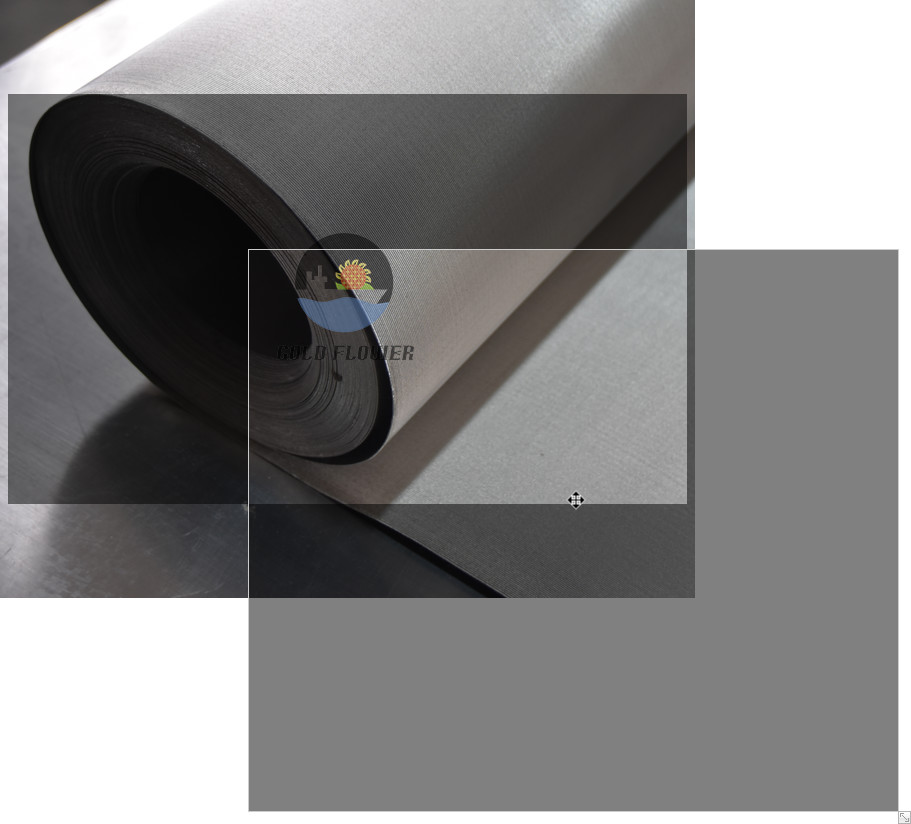nov . 13, 2024 19:58 Back to list
gabion netting
The Role of Gabion Netting in Modern Construction and Landscape Design
Gabion netting, a versatile and innovative material, has gained significant traction in the fields of construction, landscaping, and environmental management. Comprised of wire mesh baskets filled with rock, soil, or other materials, these structures have become popular for their robustness, aesthetic appeal, and environmental benefits. As urbanization accelerates and environmental concerns mount, gabion netting emerges as a preferred solution across various applications.
One of the primary uses of gabion netting is in soil erosion control. Erosion is a pressing issue in many areas, particularly those with steep slopes or heavy rainfall. Traditional methods of erosion control often involve the use of retaining walls, which can be both cost-prohibitive and environmentally invasive. Gabions, however, provide a more flexible and economical alternative. When installed along riverbanks, slopes, or hardscapes, gabion walls stabilize the soil while allowing for natural drainage, thus minimizing water accumulation and reducing the risk of erosion.
Moreover, gabion netting serves as a functional drainage solution. The porous nature of the filled baskets allows for proper water flow, reducing hydrostatic pressure behind retaining walls. This feature makes gabions particularly effective in managing stormwater runoff, preventing flooding in urban and rural areas alike. The adaptability of gabion structures also means they can be integrated into various terrains, supporting environmental sustainability.
In addition to their functional benefits, gabion netting provides aesthetic advantages. Modern architecture increasingly emphasizes natural materials, and gabions can blend seamlessly into their surroundings. When filled with colorful rocks, stones, or reclaimed materials, gabion walls can offer striking visual appeal. Landscape designers are now utilizing gabion netting in parks, gardens, and public spaces to create visually stunning installations that enhance the aesthetic value of these areas.
gabion netting

Furthermore, gabion netting can contribute to biodiversity. By incorporating vegetation into gabion structures, these installations can promote plant growth while providing shelter for small animals and insects. This is particularly valuable in urban environments, where natural habitats are often diminished. The use of native plants in conjunction with gabion walls can foster local ecosystems, attracting wildlife and creating a thriving microhabitat.
Gabion netting is not limited to landscaping and erosion control; it also plays a crucial role in construction and civil engineering. The structures are often used in building foundations, bridge supports, and flood defenses. Their inherent strength and durability make them ideal for applications requiring load-bearing capabilities. In seismic-prone areas, the flexibility of gabions can absorb shock and reduce structural damage during an earthquake.
Another noteworthy advantage of gabion netting is its minimal environmental impact. The materials used in gabion structures are typically sourced locally, which reduces transportation emissions. Moreover, the baskets themselves are often made from recycled steel, which aligns with sustainable construction practices. This eco-friendly aspect appeals to both developers and environmentally conscious consumers, making gabion netting an attractive choice.
In conclusion, gabion netting is a multifaceted solution that addresses numerous challenges in construction, landscaping, and environmental management. Its ability to control erosion, manage drainage, enhance biodiversity, and offer aesthetic appeal makes it an invaluable asset in modern design. As urban areas continue to expand and as the need for sustainable practices becomes more pressing, the popularity of gabion netting is likely to grow. It serves as a reminder that functionality and beauty can coexist, and that innovative solutions can emerge from the marriage of nature and engineering. By integrating gabion netting into our built environment, we are not only creating resilient structures but also fostering a deeper connection with the natural world. With such vast potential, the future of gabion netting in construction and landscape design looks promising, paving the way for sustainable and aesthetically pleasing solutions.
share
-
High-Quality Screen Stone for Modern Stone Screen Walls Elegant Facade Solutions
NewsJun.10,2025
-
High Quality Wire Filter – Cheap Stainless Steel Filter Wire Mesh Cloth & Wire Mesh Filter Solutions
NewsJun.10,2025
-
5 Micron Water Filter Cartridge - Premium Sediment Filtration, Universal Fit
NewsJun.10,2025
-
High Quality CE-Certified Gabion Boxes with OEM Options
NewsJun.10,2025
-
20x20x2 Air Filter High-Efficiency Dust Filtration for Clean Air
NewsJun.10,2025
-
Decorative Metal Mesh for Radiator Covers Custom Durable Mesh Panels
NewsJun.10,2025

